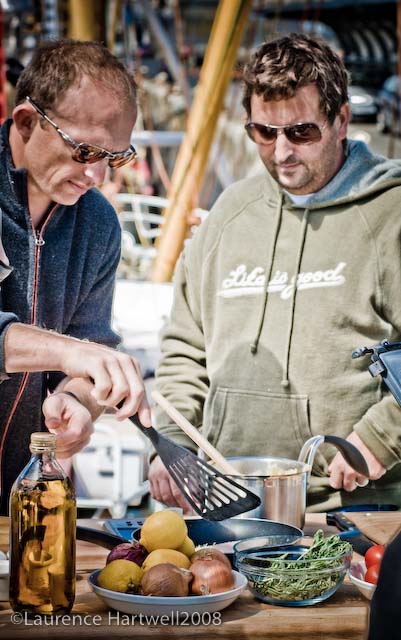This post from Maraia Damanki comes just after Succorfish announced their brand new solution to allowing fishermen to record, store and upload their catch data live at sea. Developed specifically for industry by SuccorfishM2M, Catch App is a revolutionary new, online fisheries app that answers a growing need for much improved data collection and recording tools within the global fisheries community.
 |
| One of the Catch App screens |
There are a growing number of examples worldwide where fishermen are working together to record, store and share their catch data in order to prove the sustainability of their fishery. In South Australia, a group of fishermen in an entire region collected and collated data that they then subsequently used to persuade the equivalent of our MMO that they were fishing sustainably.
"This week, I joined colleagues and partners at the Seaweb Seafood Summit in New Orleans, Louisiana to discuss sustainable seafood and fisheries. A consistent theme emerged: technology and innovation is opening new doors for small-scale fisheries.
Small-scale fisheries account for a full 80 percent of the world’s fish catch, and play a critical role in the livelihoods of millions of people, particularly in the developing world. But most of their catch comes from fisheries that are poorly managed, overfished and have little access to the growing market for sustainable seafood.
In many of these places, fishermen lack the knowledge and incentives for more sustainable use of their fisheries, and compete for the remaining fish in open-access fishing grounds. These fisheries lack basic data on how many fish there are, how hard they are being fished, and what level of fishing pressure they can withstand — data essential for sustainable management.
During the Seafood Summit, we explored concrete examples of technology and co-management arrangements that are bringing fishermen, seafood buyers, distributors, and non-governmental organizations together in Chile, Indonesia and the United States.
Through innovative solutions for data collection, traceability methods and market access these places are seeing a transformation in the way fishermen fish, manage fisheries and sell their product — offering incentives for a more sustainable future.
Take Chile for example. Last year, two fishing communities began using a new traceability system on their boats that collects data on where and when fishing is taking place (to ensure catch within boundaries and within open seasons), and what gear is used. As a result of this new system, a Chilean seafood company made a first purchase of mussels from the participating fishermen. Now, the buyer is expected to place additional orders, with a commitment to pay a premium price for the more sustainable product.
From traceability in Chile, to fishermen using iPads in California to track and share information on bycatch, to communities in Indonesia putting in place new systems for assessing fish stocks, technology is helping forge new alliances across sectors, opening markets, and empowering fishing communities — with sustainability as the outcome.
Now it is time to scale up these good initiatives!
Working together, we can improve the health of the world’s fisheries as well as the fishermen and communities who depend on them."
Maria Damanaki is Global Managing Director for Oceans at The Nature Conservancy. Follow Maria on Twitter @Damanaki.
Learn more about what The Nature Conservancy is doing to help improve the health of the world’s fisheries.































